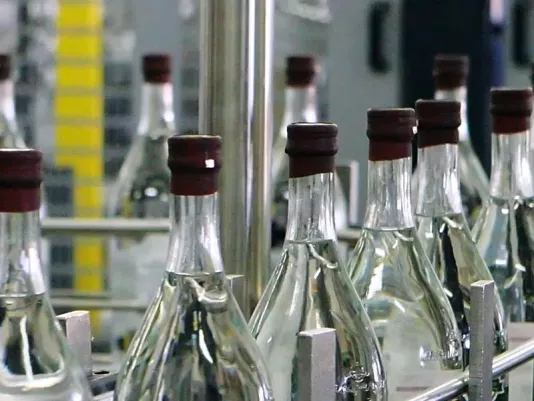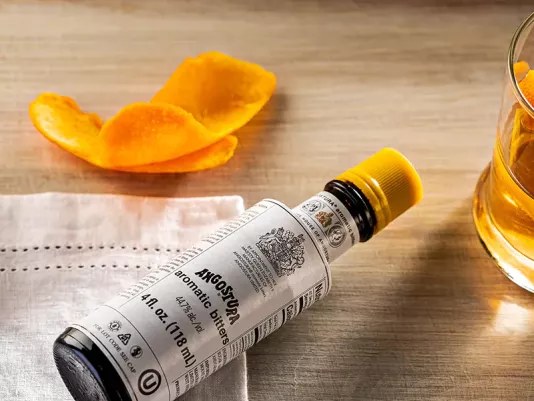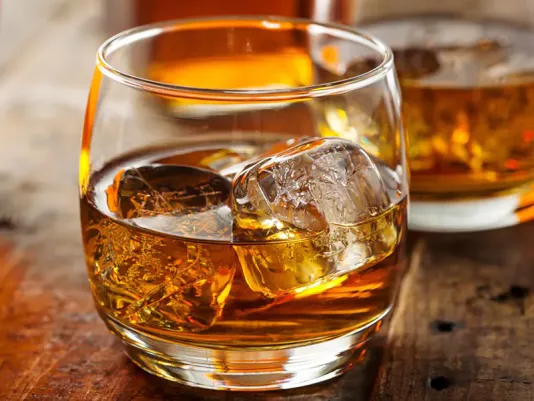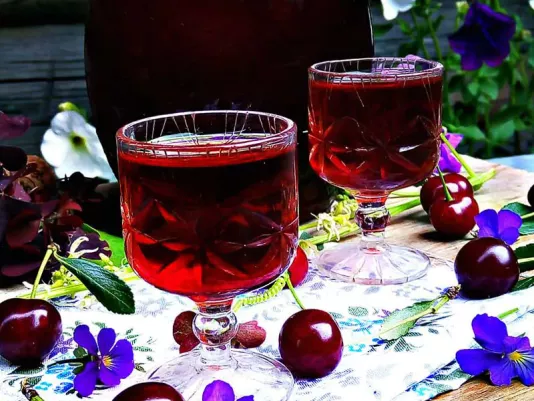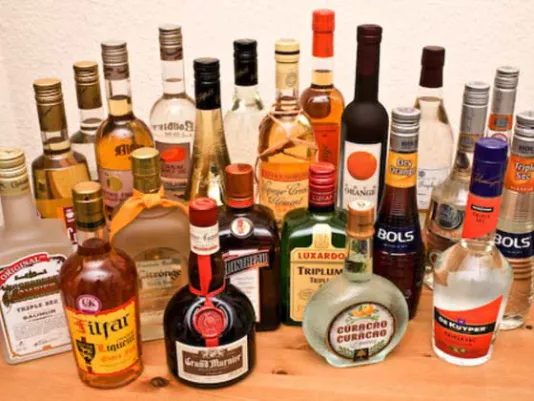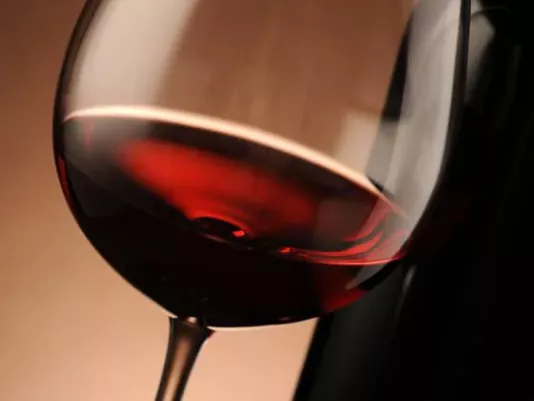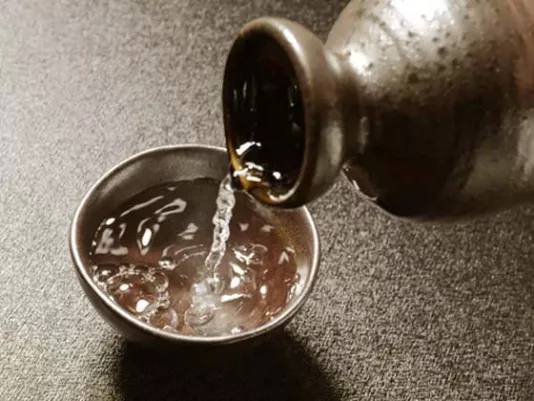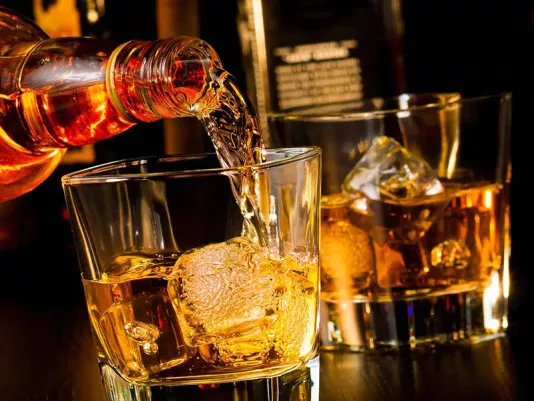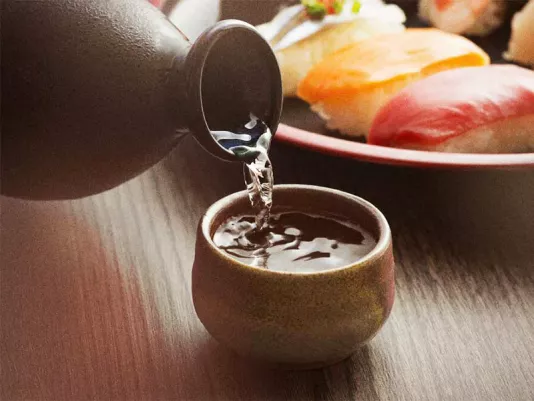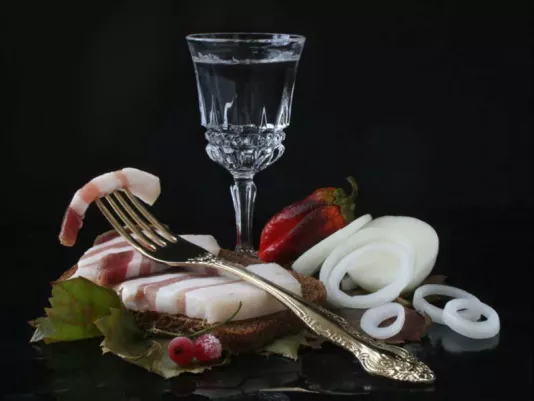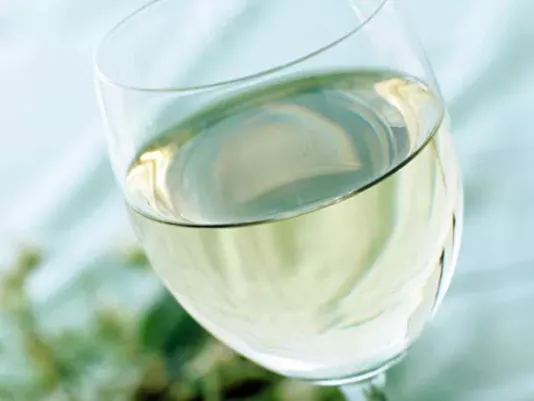Alcoholic Beverages
Alcoholic beverages play an important role in my cooking practice, as they open up wide opportunities for creating unique dishes. I use different types of alcohol depending on the task: dry white wine adds lightness to fish and seafood, red wine makes meat dishes rich and aromatic, and cognac or brandy give depth to pastries and desserts. Liqueurs create delicate flavor notes in creams and sauces, while rum and whiskey highlight sweet or caramel tones. My experience shows that even a small amount of alcohol can completely change a dish, making it more complex and intriguing. In many cases, during heat treatment, the alcohol evaporates, leaving only taste and aroma, so dishes are safe even for those who do not consume alcohol in its pure form. Thanks to this, I can confidently use alcoholic ingredients in everyday cooking, achieving restaurant-level quality in my own kitchen.
Different Types of Alcoholic Beverages
Wine in Cooking
In my culinary experience, wine is one of the most versatile alcoholic beverages. I use it for sauces, marinades, and even in baking dough. Dry white wine is perfect for fish and seafood, as it adds lightness and tenderness, emphasizes the natural flavor, and creates harmony with herbs. Red wine, on the contrary, enhances meat – especially beef or lamb, which under the effect of wine’s acidity become tender and juicy. When I braise meat with red wine, I always get a rich sauce with a deep aroma where fruity and spicy notes are revealed. I also like using wine in desserts. For example, pears in wine with cinnamon and cloves turn into an elegant dish that combines sweetness, spiciness, and slight tartness. In baking, a few spoons of wine help make the dough softer and add an unusual flavor accent. I have realized that choosing the right wine is key to success: the higher the quality, the better the result. It doesn’t have to be expensive wine, but I also avoid the cheapest, as its flaws become evident after cooking. I always recommend choosing wines you enjoy drinking – then they will reveal themselves best in a dish. I add white wine to chicken sauces, which makes them delicate and aromatic. Red wine I use in Bordeaux sauces and stews, where a rich base is required. Wine in cooking is not just an ingredient but a true tool that allows me to play with flavors and create harmonious combinations.
Fortified Wines and Cognac
When I want to give dishes particular depth and richness, I use fortified drinks and cognac. Cognac is indispensable for me in baking: a few spoons added to dough or cream create a warm aroma and add light caramel notes. I often use it in sponge cakes or pies with dried fruits, where cognac helps reveal the natural sweetness of ingredients and makes the texture more delicate. Brandy has a similar effect, but I especially value its fruity notes in combination with apples or pears. Fortified wines such as sherry or port allow me to create rich sauces for meat or delicate creams for desserts. I enjoy using sherry in mushroom sauces, as it enhances their aroma and makes the flavor deeper. Port, on the other hand, pairs perfectly with chocolate – in sauces or mousses it creates a harmonious balance of bitterness and sweetness. The distinctive feature of cognac and fortified wines is that even in small amounts they can completely transform a dish. I always add them carefully and gradually so as not to overpower the main flavor. From my experience, it’s best to use quality alcohol: even a small dose of cheap liquor can spoil the result, whereas good wine or cognac reveals all nuances and balances the dish. In my kitchen, this rule is constant – if alcohol tastes good in a glass, it will definitely be suitable in a recipe.
Liqueurs and Infusions
I consider liqueurs one of the most interesting alcoholic ingredients in cooking. Their variety allows me to experiment with desserts and drinks, creating rich aromas and original combinations. For example, coffee liqueur perfectly enhances the flavor of chocolate cakes and mousses, while fruit liqueurs I add to cake creams or berry-based pastries. They provide not only aroma but also a delicate sweetness that makes the dessert more harmonious. Herbal and spice infusions, such as mint or cinnamon, help me diversify both sweet and savory dishes, enhancing their complexity. When preparing cheese-based desserts, I like to add orange or almond liqueur to emphasize the delicacy of cheese and give it new notes. Herbal infusions I use in meat marinades – they give spiciness and make the dish more refined. Liqueurs also work beautifully in hot drinks: a few drops in coffee or hot chocolate turn them into a luxurious dessert. My experience shows that liqueurs and infusions are especially important in festive cooking. They create a festive atmosphere even in simple dishes, adding a touch of charm and sophistication. I always recommend choosing flavors that are close to you: if you like citrus aromas – use orange liqueurs, if you prefer nutty ones – go for almond or hazelnut. With this approach, each dessert or sauce gains uniqueness, and the kitchen becomes a space for true creativity.
Rum and Whiskey
In my practice, rum and whiskey always hold a special place, as these drinks give dishes a vivid character and unique aroma. I often use rum in baking: it pairs perfectly with raisins, dried apricots, figs, and other dried fruits. I particularly enjoy adding it to Christmas cakes or Easter breads, as it gives the dough a rich flavor with light caramel and vanilla notes. Moreover, rum works well in desserts with creamy fillings, adding warmth and sweet depth. Whiskey I value for its versatility: it can be slightly sweet, smoky, or have spicy and woody notes. In cooking, whiskey is ideal for sauces for red meat. When I make a sauce with onions and cream, adding a few spoons of whiskey, I get an unforgettable result – tender yet expressive. Whiskey also pairs wonderfully with chocolate. I like making chocolate truffles with a drop of whiskey, as they turn out not just sweet but refined. My experience shows that rum and whiskey not only enhance flavor but also create unique gastronomic impressions. I always use them in small amounts so that alcohol does not dominate but only emphasizes other ingredients. In meat or poultry marinades, rum adds sweet spiciness, while whiskey provides special depth of flavor. I am convinced that these drinks help make even the simplest recipes more festive and memorable.
Alcohol in Sauces and Desserts
From my experience, I can say that alcohol in sauces and desserts opens endless possibilities for experiments. When I add a few spoons of wine or cognac to a meat sauce, it gains a rich taste and appetizing aroma. In mushroom sauces, I often use sherry – it enhances the natural aroma of mushrooms and makes the sauce thicker and deeper. For poultry sauces, I like combining white wine with cream: this creates a tender, balanced flavor that suits both chicken and turkey. In desserts, alcohol works even more intriguingly. For instance, I add rum or liqueur to cake creams, and they become more aromatic with a pleasant aftertaste. I love using cognac in fruit desserts: it pairs wonderfully with apples, pears, or cherries, adding refinement. Sometimes I prepare jellies or mousses with wine, which bring slight tartness and special charm. Chocolate desserts also benefit greatly from alcohol: a few drops of whiskey or coffee liqueur make their taste more intense and complex. It’s important to remember that in most cases, during heat treatment, alcohol evaporates, leaving only aroma and flavor, so dishes are safe even for those who do not consume alcohol in its pure form. I always control the amount and choose only quality drinks, as they allow me to achieve the perfect balance. Thanks to this approach, even a simple sauce or homemade dessert turns into a restaurant-level dish that is enjoyable to prepare and serve to loved ones.
Practical Tips for Using Alcoholic Beverages
Over the years of cooking, I have realized that alcoholic beverages require attentiveness and precision in use. First, they should be added in small portions, as excess can spoil the dish, making it too harsh. I always recommend introducing alcohol gradually, tasting the flavor and controlling the balance. Second, it is important to remember that different types of drinks reveal themselves in different dishes: white wine suits fish and poultry, red wine suits meat, rum and whiskey suit desserts and pastries, and liqueurs suit creams and mousses. Another point I always consider is the quality of ingredients. Cheap alcohol doesn’t work in cooking, it only adds undesirable notes, so I always use drinks I enjoy drinking. This rule never fails. I also advise considering the method of cooking: if alcohol is added at the start of braising or baking, its flavor becomes more delicate, while if added at the end – the aroma will be stronger. Alcoholic beverages in cooking are not just an additional ingredient but a tool that helps create a special mood and multilayered taste in dishes. I use them not only in festive recipes but also in everyday cooking, since even a few spoons of wine or liqueur can turn an ordinary dinner into a small celebration. For me, this is a way to show love and care through food, making dishes more refined and memorable.
